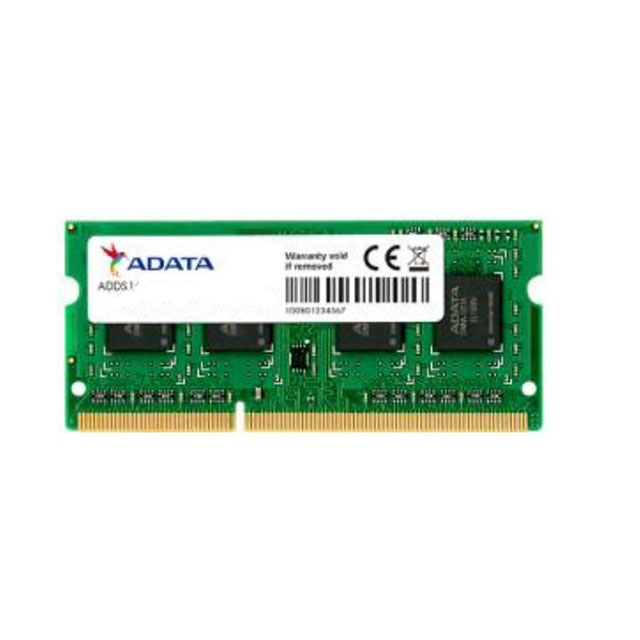DDR3L SO-DIMM Series, Memory - Modules
Results:
8
Manufacturer
Series
Memory Size
Transfer Rate (Mb/s, MT/s, MHz)
Package / Case
Memory Type
Results remaining:8
Applied Filters:
DDR3L SO-DIMM
About Memory - Modules
Memory modules are essential components used for data storage in various computer equipment, single board computers, and similar devices that support standardized memory modules. These modules adhere to specific physical formats and standards, ensuring compatibility and ease of integration. There are two main types of memory technologies utilized in memory modules: non-volatile and volatile memory. Non-volatile memory technologies include flash memory and NVRAM (Non-Volatile Random Access Memory), while volatile memory refers to SDRAM (Synchronous Dynamic Random Access Memory). Flash memory is a non-volatile memory technology commonly used in memory modules. It retains data even when power is removed and offers high-speed read and write operations. NVRAM, another type of non-volatile memory, combines the benefits of both non-volatile and volatile memory and provides fast access times along with the ability to retain data without power. On the other hand, SDRAM is a type of volatile memory that requires continuous power to retain data. It offers high-speed data access and is commonly used for temporary storage and data processing tasks. Memory modules are designed to have standardized physical formats, such as DIMM (Dual In-Line Memory Module) or SO-DIMM (Small Outline Dual In-Line Memory Module). These formats ensure that the modules can be easily installed and replaced in compatible devices that support the respective module types. By utilizing memory modules, users can expand the storage capacity or improve the performance of their computer systems, single board computers, or similar devices. These modules provide a standardized and convenient solution for data storage, offering both non-volatile and volatile memory options depending on the specific requirements and applications. In summary, memory modules are solid-state data storage devices that conform to standardized physical module formats. They are used in various computer equipment, single board computers, and similar devices capable of accepting standardized memory modules. These modules utilize both non-volatile memory technologies like flash memory and NVRAM, as well as volatile memory technology like SDRAM to meet different storage and performance needs.


